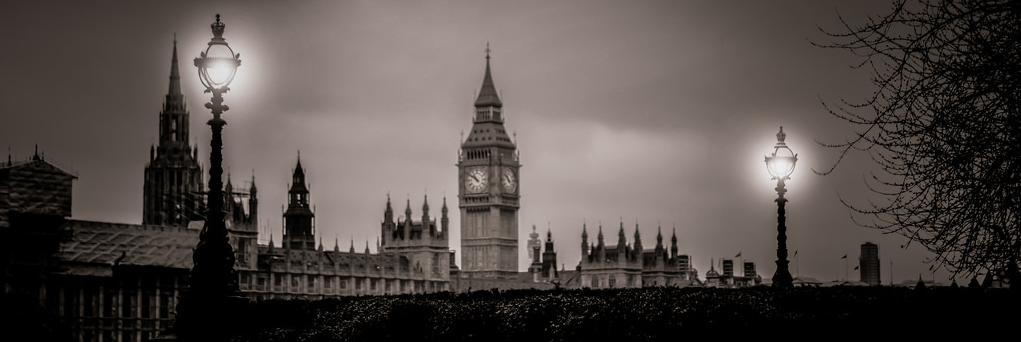Royal Borough
Kensington & Chelsea
Kensington is the heart of the West End. The royal borough contains the wonderful Hyde Park and Kensington Palace, once home to our Queen before her ascension to the Throne. Hyde Park also houses the Crystal Palace, a massive glittering glass structure that houses the great exhibition.
Hyde Park (and the attached Kensington Gardens) is the largest open space in the city at 630 acres. The park has been royal lands since Henry VIII's time and is popular with all manner of Londoners. Running parallel to Knightsbridge and Kensington Road is Rotten Row – a riding path which is frequently packed with the upper class out for their morning rides on any particular morning and is a popular sport for the gentlemen and ladies of high society to meet socially. It is frequently used by people who are courting, who are able to ride together and speak to each other without their chaperone hanging on every word. The park also is home to the Serpentine, an artificial lake where park-goers may row, sail, or enjoy feeding the geese (which are quite tame.) Also in Hyde Park is the magnificent memorial statue to the late Prince Consort, and the Marble Arch. The arch has Speaker's Corner nearby, an are set aside for Britons to exercise their right of free speech. All manner of speakers can be heard, railing on topics from sanitation and worker's issues, to women's suffrage.
There are several districts inside the Royal Borough: Kensal Green and Notting Hill. Kensal Green and Notting Hill have already been addressed, but Bayswater, sandwiched between Notting Hill and Kensington, is a place of contrasts. Kensington and Hyde Park, and in the south Brompton and the river district of Chelsea. Much like the area of Belgravia, Kensington is seeing a rise in development. It is the site of many wealthy houses, mostly in the aristocracy. There is decidedly less industry in the royal district, though there are several small art galleries and museums throughout the area. Kensington is more open than Belgravia or Brompton, with parks, gardens, and open squares scattered throughout the area. In addition to Hyde Park, Holland Park and House.
The region is almost purely upper class and wealthy, with almost none of the working class to be seen, other than the servants of the great houses. In addition to the construction going on near the Horticultural Gardens, there is a major building project just a few streets away at Kensington Station on High Street, where the next underground rail line to Charing Cross at Westminster is to be completed in a matter of six months.
Brompton, while being as wealthy and exclusive as Kensington, is much more built-up. Beginning at Brompton Road, the district sees a dramatic increase in the number of houses, buildings, and markets lining the streets. It is home to the hospital for Consumption & Chest Diseases, as well as the Brompton County Courts. Brompton runs into Chelsea with little change in the public features, save for small streets that branch off of Cheyne Walk, a small cobblestone street that runs along the Thames. The Battersea Bridge connects Chelsea with the south bank. The houses are smaller here, but often more elegant.
Rich
Dominant Social Class
Upper-class
Crime
Low
Police Presence
Heavy
Dominant Profession or Industry
Government & aristocracy; work available: servant work and street vending, as well as construction.
Places to stay
- West Kensington, Russel Street (9s./night, good quality)
- Alexandra, on Hyde Park at St. George's (14s.6d./night, very high quality).




Comments